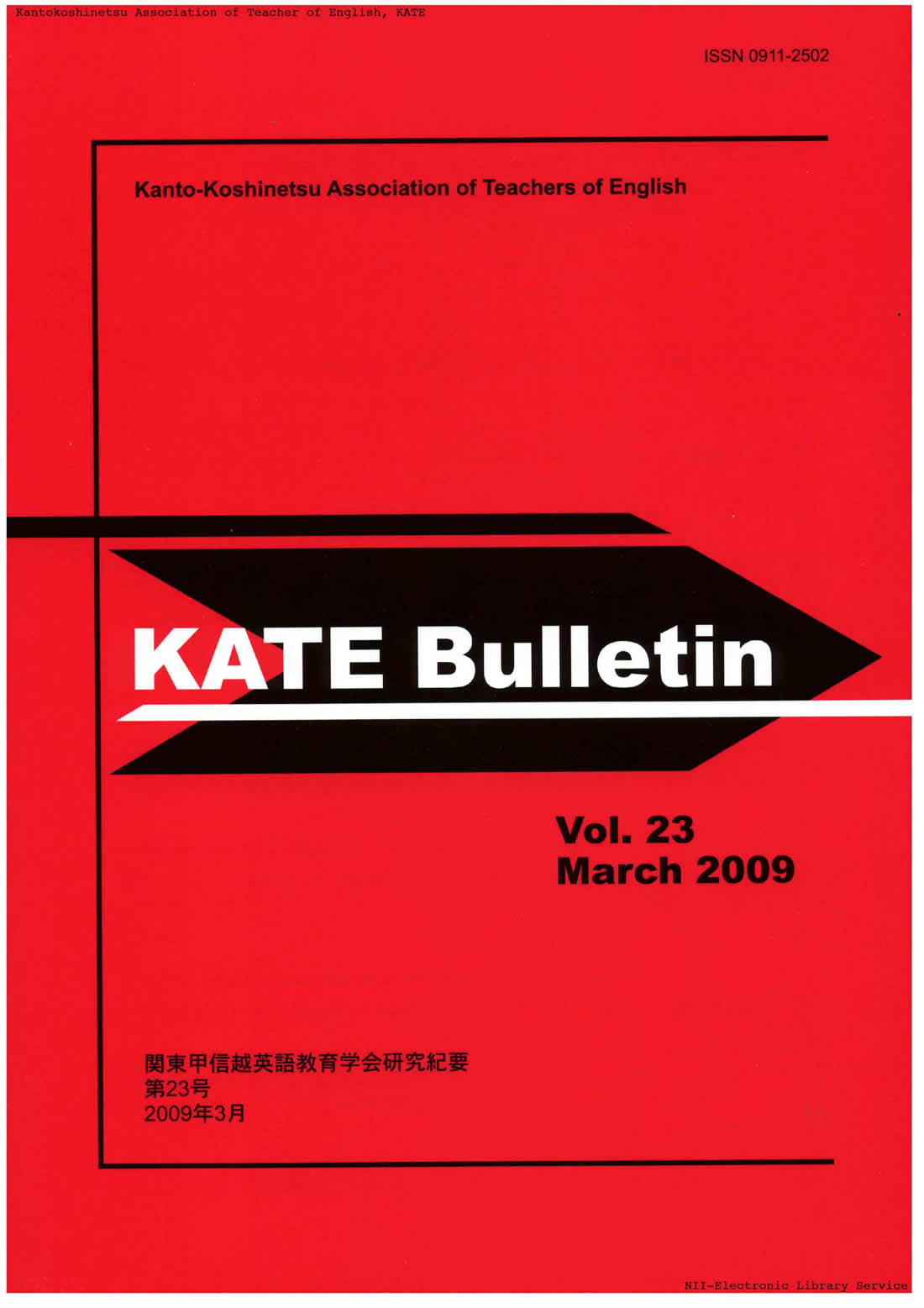Volume 23
Displaying 1-13 of 13 articles from this issue
- |<
- <
- 1
- >
- >|
-
Article type: Cover
2009 Volume 23 Pages Cover1-
Published: March 01, 2009
Released on J-STAGE: July 14, 2017
Download PDF (20954K) -
Article type: Index
2009 Volume 23 Pages Toc1-
Published: March 01, 2009
Released on J-STAGE: July 14, 2017
Download PDF (28K) -
Article type: Article
2009 Volume 23 Pages 1-10
Published: March 01, 2009
Released on J-STAGE: July 14, 2017
Download PDF (674K) -
Article type: Article
2009 Volume 23 Pages 11-21
Published: March 01, 2009
Released on J-STAGE: July 14, 2017
Download PDF (999K) -
Article type: Article
2009 Volume 23 Pages 23-34
Published: March 01, 2009
Released on J-STAGE: July 14, 2017
Download PDF (1096K) -
Article type: Article
2009 Volume 23 Pages 35-46
Published: March 01, 2009
Released on J-STAGE: July 14, 2017
Download PDF (918K) -
Article type: Article
2009 Volume 23 Pages 47-58
Published: March 01, 2009
Released on J-STAGE: July 14, 2017
Download PDF (1241K) -
Article type: Article
2009 Volume 23 Pages 59-70
Published: March 01, 2009
Released on J-STAGE: July 14, 2017
Download PDF (1228K) -
Article type: Article
2009 Volume 23 Pages 71-82
Published: March 01, 2009
Released on J-STAGE: July 14, 2017
Download PDF (958K) -
Article type: Appendix
2009 Volume 23 Pages App1-
Published: March 01, 2009
Released on J-STAGE: July 14, 2017
Download PDF (33K) -
Article type: Appendix
2009 Volume 23 Pages App2-
Published: March 01, 2009
Released on J-STAGE: July 14, 2017
Download PDF (33K) -
Article type: Appendix
2009 Volume 23 Pages App3-
Published: March 01, 2009
Released on J-STAGE: July 14, 2017
Download PDF (33K) -
Article type: Appendix
2009 Volume 23 Pages App4-
Published: March 01, 2009
Released on J-STAGE: July 14, 2017
Download PDF (33K)
- |<
- <
- 1
- >
- >|
